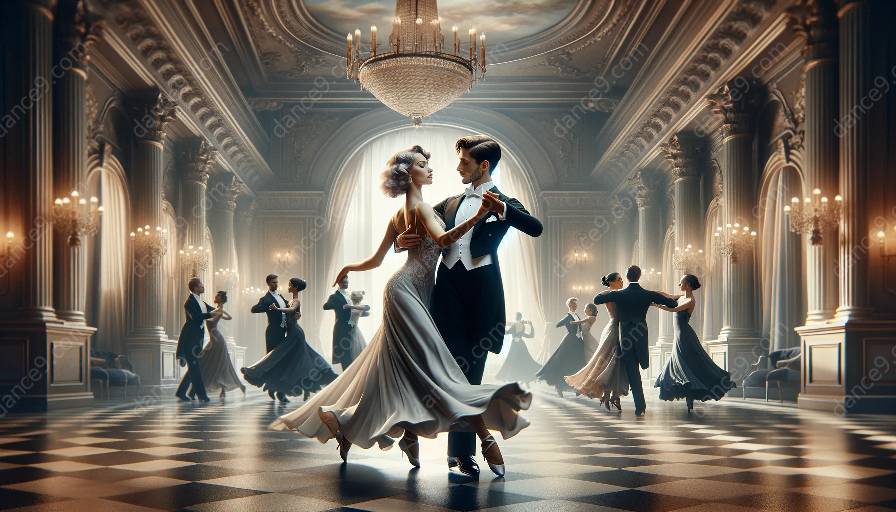The waltz is an elegant and graceful dance with its own set of traditions and etiquette that have evolved over the years. From its historical roots to modern-day practices, understanding the traditions and etiquette associated with the waltz can enhance the experience for dancers and enthusiasts alike.
Historical Significance
The waltz originated in Europe in the late 18th century and became popular throughout the 19th and 20th centuries. It was initially considered scandalous due to its close hold and quick tempo. However, it gradually gained acceptance, and its etiquette and traditions were formalized.
Traditional Attire
Traditionally, dancers would dress in formal attire for waltz events, with men wearing tuxedos or formal suits and women in elegant gowns. While modern waltz events may be less formal, dressing appropriately is still considered a sign of respect for the dance.
Basic Etiquette
When participating in a waltz, there are certain etiquette guidelines to follow. These include respecting the personal space of other dancers, maintaining good posture, and being mindful of the flow of the dance. It's important to observe proper dance floor etiquette and navigate the space with courtesy and consideration for others.
Modern Practices
In contemporary settings, waltz etiquette has evolved to accommodate a range of dance experiences. Social waltz events often include a mix of traditional and modern practices, allowing for a more inclusive and relaxed atmosphere. Participants can still adhere to the traditional etiquette while enjoying the social aspect of the dance.
Role of Dance Classes
Dance classes play a crucial role in preserving the etiquette and traditions associated with waltz. Instructors educate students on the history and significance of the dance, as well as the proper techniques and etiquette required for waltz. Furthermore, dance classes provide a supportive environment for individuals to learn and practice waltz etiquette, ensuring that the traditions are upheld and passed down to future generations of dancers.
Conclusion
The etiquette and traditions associated with the waltz add depth and richness to the dance, making it not just a physical activity but also a cultural and social experience. Understanding and respecting these traditions contribute to a more enjoyable and meaningful waltz experience, whether in a formal setting or a casual dance class.













































































